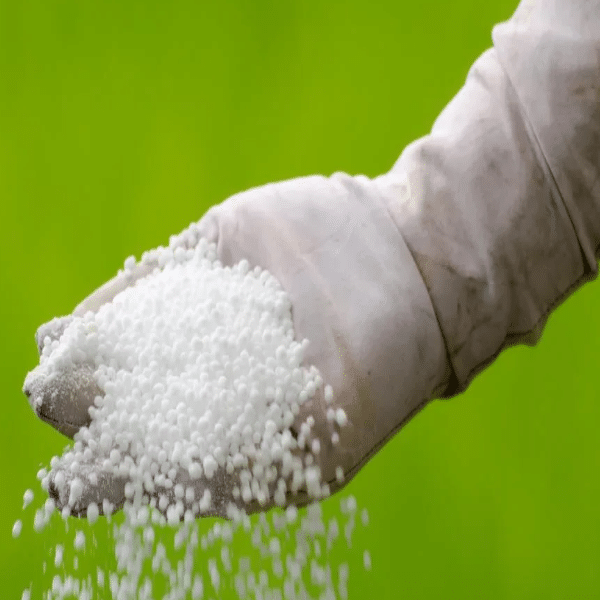Over the years, the urea market has experienced significant movements because of various factors such as global supply and demand, agricultural requirements, and economic situations. In this piece, we will look at past statistics to analyze prevailing trends in urea prices and how they have shaped today’s market. Besides that, it will also offer predictions useful to decision makers by highlighting possible future price changes as well as what drives them. Appreciating these patterns will not only provide a better understanding of the dynamics within it but also enable any reader to efficiently go through a more intricate urea market.
Understanding Urea Price Fluctuations
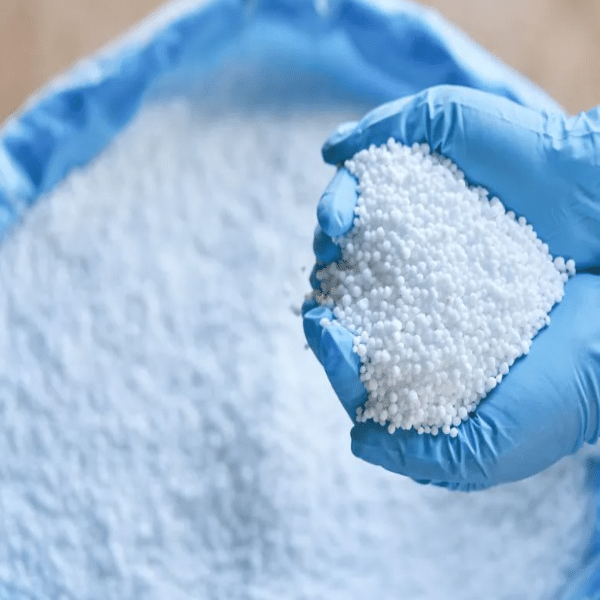
Urea price changes are influenced by many things, among them being several important factors. First, global supply and demand is a key driver for this; supplies in abundance while the demand is steady or declining will push prices down and vice versa. Second, urea prices are heavily affected by agricultural demand since it is one of the key fertilizers used in crop production; hence, changes in agricultural practices or crop yields might lead to shifts in prices. Thirdly, economic situations including energy costs and exchange rates may increase production expenses and market prices. Lastly, geopolitical events and trade policies can disrupt supply chains hence resulting in price volatility. These numerous reasons form a dynamic market landscape that affects urea’s short-term as well as long-term prices.
Factors affecting urea price fluctuations
Weather conditions significantly affect the price of urea. Urea production can be disrupted when there are severe weather phenomena like floods, droughts or hurricanes obstructing its manufacturing process and transportation leading to scarcity thus higher costs. Besides seasonal variations play a role: Higher demands during planting periods could raise prices. Moreover new technological developments in either production processes or agricultural applications might affect supply efficiency or increase demand which would subsequently affect pricing Last but not least government regulations coupled with subsidies on fertilizers can change market dynamics either by stabilizing prices through support measures or creating volatility through restrictive policies.
The effect of global supply and demand on urea prices
Global demand-supply dynamics have considerable influence on urea pricing. Global spike in demand caused by agriculture need around major crop growing regions leads to high prices. On the other hand, oversupply could cause reduced costs due to improved output abilityor decreased use at some areas . Also any disruption in the supply chain from political instability or natural calamities causes shortages which result into high cost Irrigation systems are prone to malfunctioning because they’re mechanically operated machines that fail whenever any part gets out of order. Conversely, innovations in fertilizer production or favorable trade agreements can enhance supply stability and potentially reduce costs. Consequently, these are the global demand and supply factors that have been shaping urea prices over time.
A review of recent trends in urea prices
Urea prices have experienced significant volatility resulting from various global factors over the last few years. One of them is a sharp price spike during specific periods due to rising farm requirements as well as disruptions in manufacturing processes or logistical networks. For instance, the average worldwide price for urea increased from about $250 per metric tonne at the beginning of 2020 to nearly $400 per metric tonne by late 2021 due to strong global demand caused by food security concerns and exacerbated by geopolitics tensions and Covid-19 pandemic related supply chain disruptions.
In particular, key cost drivers such as feedstock costs especially natural gas prices have exerted considerable influence on production expenses for urea. This raw material is natural gas for urea production; thus any fluctuations in its prices directly affect market price of urea. Frequent rises in natural gas fuel costs due to either shortages or increased energy needs particularly from major producing areas like Middle East and Russia have often led to increased expenditure on urea.
Furthermore changes in policy including export restrictions by large producers of this goods also played a pivotal role in driving market dynamics. Consequently, China’s imposition of export restrictions later on during 2021so as to stabilize its domestic fertilizer market reduced availability across global platforms hence raising international rates.
Additionally, the trend analysis of recent years reveals that there is a relationship between urea prices and currency exchange rates. Buying countries may spend more on imports if the main currencies they are using depreciate against the US dollar, which is the major currency used in trade in urea products.
As can be seen from previous paragraphs, various factors including rising global demand, changes in primary production costs, policy interventions, and foreign exchange movement have resulted to increased fluctuations in prices of urea over the past few years.
The Role of Urea in the Fertilizer Industry
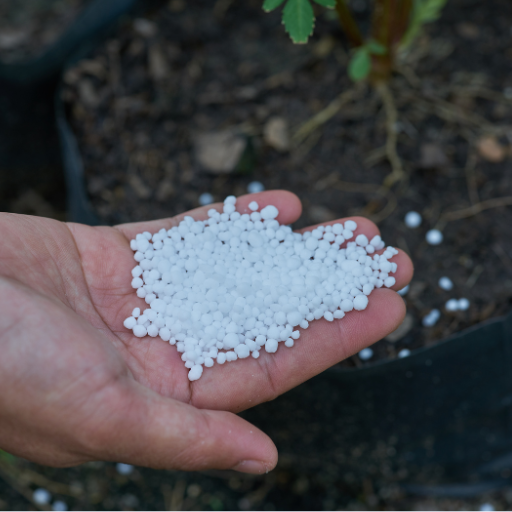
Urea, which contains 46% nitrogen content, is an important player in the fertilizer industry because of its role as a primary nutrient for plant growth and development. This makes it a cheap source of nitrogen, to be supplied to plants that enhances their growth and increases yields. Besides being multipurpose, urea can be used in various forms like granular, prilled and liquid fertilizer types making it adaptable to many different agricultural practices. Nonetheless, care must be taken when using it since excessive leaching and volatilization will cause environmental concern as well as decreasing efficacy.
Why urea is preferred as a nitrogenous fertilizer in agriculture
There are several reasons why urea is highly valued by farmers. Firstly, it has the highest concentration of nitrogen among all solid fertilizers (about 46%) making it one of the most effective sources of nitrogen. As such, farmers can apply small quantities but still obtain significant gains in crop production due to greater yields per unit area. Secondly, urea is relatively inexpensive. Not only does its manufacture entail low costs but also easy packaging and storage resulting into economic benefits. Thirdly, urea can be used in different ways like granular or prilled form or as liquid solutions. For instance this kind of flexibility allows people with small home gardens to use the product while others may find it fitting for large scale farming systems.
- Nitrogen Content: Urea features a high nitrogen content of about 46%, which is crucial for plant growth.
- Solubility: Urea is highly water-soluble, which facilitates its rapid uptake by plants.
- Cost-Effectiveness: Lower production costs and high nitrogen content make urea one of the most economical nitrogen fertilizers available.
- Versatility: Available in multiple forms including granular, prilled, and liquid, making it adaptable to varied agricultural techniques.
- Environmental Management: While effective, its usage must be carefully managed to minimize nitrogen loss through volatilization and leaching.
These attributes make urea a preferred choice among farmers aiming to increase productivity while managing costs and application methods efficiently.
Comparison of urea with other nitrogen fertilizers
When comparing urea with other nitrogen fertilizers, it is important to consider several key factors including nitrogen content, cost, application methods, and environmental impact.
- Nitrogen Content:
- Urea: As mentioned, urea has a nitrogen content of approximately 46%, making it one of the highest among nitrogen fertilizers.
- Ammonium Sulfate: This fertilizer has a nitrogen content of around 21%, which is significantly lower than urea.
- Ammonium Nitrate: Contains about 34% nitrogen. While lower than urea, it provides a balance of quick-release and slow-release nitrogen.
- Cost:
- Urea: Generally more cost-effective due to its high nitrogen content and lower production costs.
- Ammonium Sulfate: Often more expensive due to its sulfur content, which is beneficial but increases cost.
- Ammonium Nitrate: Typically more expensive than urea but cheaper than ammonium sulfate.
- Application Methods:
- Urea: Versatile and available in granular, prilled, and liquid forms, suitable for various application methods.
- Ammonium Sulfate: Primarily available in granular form, which can be less versatile than urea.
- Ammonium Nitrate: Available in granular and prilled forms; it is highly soluble and easy to apply but is regulated due to potential misuse.
- Environmental Impact:
- Urea: Needs careful management to prevent ammonia volatilization and leaching. Best applied with adequate soil moisture to enhance efficiency.
- Ammonium Sulfate: Adds acidity to soil, beneficial in alkaline soils but might necessitate lime supplements in neutral to acidic soils.
- Ammonium Nitrate: Lower volatilization loss compared to urea but can lead to nitrate leaching which can contaminate groundwater.
In conclusion, while urea offers high nitrogen content, cost-effectiveness, and versatility, each fertilizer has its specific advantages and constraints that make them more suitable for particular farming conditions and environmental considerations.
Urea’s effectiveness in enhancing soil fertility
Urea’s effectiveness in enhancing soil fertility is attributed to its high nitrogen content, making it one of the most concentrated nitrogenous fertilizers available. When applied, urea undergoes hydrolysis and is converted into ammonium carbonate, subsequently providing plants with essential nitrogen that promotes vigorous growth and high crop yields. However, certain factors are crucial to maximizing its efficacy.
- Hydrolysis Process:
- Technical Parameters: Urea chemically breaks down due to the enzyme urease, prevalent in soil, resulting in ammonium (NH₄⁺), which plants can absorb.
- Justification: The conversion happens rapidly, typically within a few days under optimal conditions, ensuring timely availability of nitrogen to plants.
- Application and Timing:
- Technical Parameters: Optimal application rates vary based on crop type, soil fertility, and environmental conditions, generally ranging from 50 to 200 kilograms per hectare.
- Justification: Proper timing of urea application, typically before or during planting seasons, is crucial to prevent nitrogen loss through volatilization.
- Soil pH Management:
- Technical Parameters: Urea can temporarily increase soil pH during hydrolysis, but the formation of ammonium can lead to soil acidification over time. This necessitates monitoring and potentially amending soil pH.
- Justification: Regular soil testing and appropriate use of lime can counteract acidification, maintaining optimal soil conditions for plant health.
- Environmental Considerations:
- Technical Parameters: Ammonia volatilization can lead to nitrogen loss, especially in high pH soils. Applying urea when soil is moist or incorporating it into the soil can reduce these losses.
- Justification: Studies indicate up to 40% nitrogen loss without proper management, emphasizing the importance of correct application techniques.
In summary, while urea is highly effective in promoting soil fertility due to its high nitrogen content, its effectiveness depends on appropriate management practices, optimal application timing, and environmental conditions to minimize nitrogen loss and maintain soil health.
How the Urea Market Operates
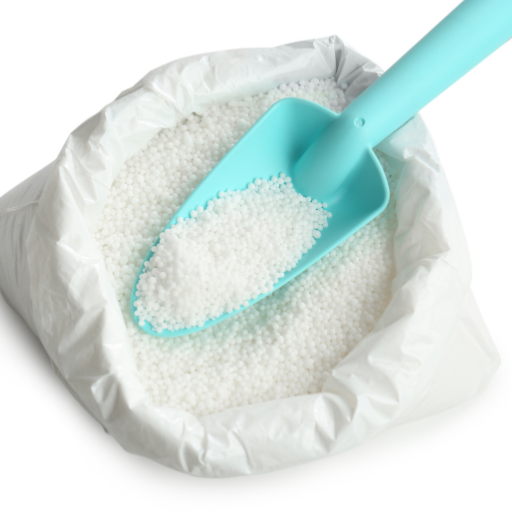
Operating on a combination of supply and demand, capacity utilization and political issues are the main determinants of stability in the urea market. Urea is a nitrogen fertilizer that is commonly used, as such it has demand peaks that coincide with farming seasons because farmers buy it before they begin their planting. In most instances, natural gas availability plays a vital role in determining the production of urea which is its primary raw material thus making this market very sensitive to variations in gas prices. Moreover, key players in the global urea market consist of China, India and Middle East majorly as producers and exporting countries. Also important are international trade policies (subsidies) and export tariffs at large (subsidies), which have great impact on pricing within markets.
Also to note there have been advances in production technology as well as increased efficiency in the application of urea leading to constant evolution of this market hence ensuring an adequate supply for meeting an increasingly expanding world food demand.
Factors influencing purchase decisions relating to urea
There are several important aspects that buyers consider while deciding on buying urea. First thing first is the price of urea, depending on natural gas costs, market demand and geopolitics. Additionally timing is everything when buying since prices can fluctuate due to different agricultural seasons and planting cycles. In addition, efficacy may be influenced by quality and granulation size; therefore purchase choices might also depend upon them. Lastly another important factor for consideration could be government regulations or subsidies that play a big role during decision making since they reduce costs or promote environmental friendly activities.
From Production to Market: The Journey of Urea Prices
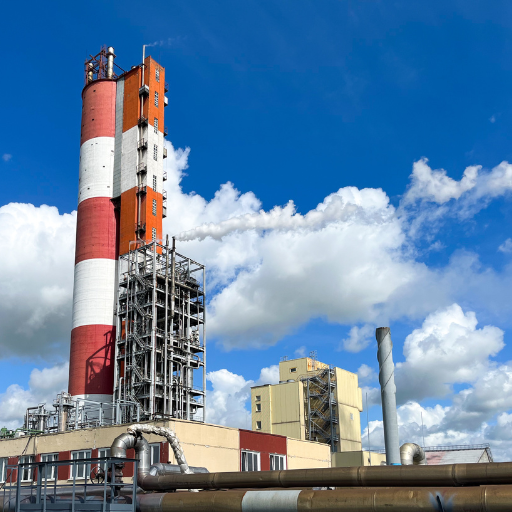
Prices of urea are complex and involve many factors from production to market. Primary feedstock for the production of urea, natural gas prices have a great impact on production costs. Any change in gas price has immediate effect on cost of urea. On the other hand, cost is also affected by developments made in terms of technology for instance through increased efficiency that results in competitive pricing by manufacturers as well as lower production costs. The global market dynamics including the level of production by key exporting countries like India and China shape the overall market structure on the supply side. Prices are influenced greatly by demand cycles especially when farmers increase their fertilizer purchases during main agricultural seasons. Also crucial are international trade policies in terms of tariffs and subsidies since they can either raise or reduce prices depending on their nature and intent. Various regions also use strategic reserves and forward contracts to ensure stable supply in order to buffer against unforeseen price spikes.
How Urea Is Produced: From Natural Gas To Fertilizer
Urea, which consists mainly of methane is produced through a process called synthesis that involves natural gas The first step involves combining natural gas with steam to produce hydrogen ammonia through Haber-Bosch process This hydrogen then reacts with nitrogen from air at high temperature and pressure over a catalyst to form ammonia In the second reaction, carbon dioxide which is derived from reforming natural gas comes into contact with ammonia forming ammonium carbamate This intermediate compound is then dehydrated so as to convert it into urea accompanied by water Subsequently, this urea is concentrated followed by granulation resulting into a final fertilizer product All these steps require large amounts of energy therefore technological advances aim at increasing efficiency while reducing environmental effects.
Key Urea Producing Countries And Price Implications
The major suppliers who control global supply chain and determine pricing trends for urea are China, India, Russia As China possesses extensive reserves of natural gas along with advanced manufacturing capabilities; it remains one of the largest global urea producers at the same time its domestic policies and export controls can lead to changes in global prices for urea. Meanwhile, India has a large agricultural sector that drives high domestic demand making it an important player in this industry. Consequently, Indian production levels and import requirements can influence pricing and international trade flows. Rich in natural gas, Russia utilizes this resource efficiently for urea production creating itself as a significant exporter Geopolitical factors and trade relations between these countries can result into considerable price fluctuations within the world urea market.
Trading And Exporting Dynamics Affecting Prices
Global urea market prices are greatly influenced by trading and exporting dynamics among major producing nations For instance, China’s leading position as a producer means that events like its export policies that are sometimes driven by local demand and environmental rules have far reaching supply and pricing implications worldwide. For example, international prices generally rise whenever China enforces export restrictions to stabilize her domestic market thereby reducing supplies.
India’s import policies have great effects on the global market due to its huge agricultural demands The Indian government provides subsidies for farmers who use urea as part of their fertilizers One example is how during peak demand seasons there may be subsidies which make available cheap urea to India but also cause massive imports triggering effect on world prices.
Russia’s competitive advantage is its natural gas resources which are widely available and are cost-effective for producing urea. Nevertheless, political frictions and sanctions can interrupt the country’s supply of exports thereby causing unpredictable pricing. In this respect, a ban on Russian commodities can squeeze the world supply chain resulting in higher prices.
Technical parameters that determine urea pricing include production costs (mainly driven by natural gas prices), freight charges as well as foreign exchange rates influencing export and import costs. Also, there could be environmental legislations which may require expensive modifications to production facilities, thus affecting overall costing systems.
Understanding Urea Price Fluctuations in 2024 and Beyond
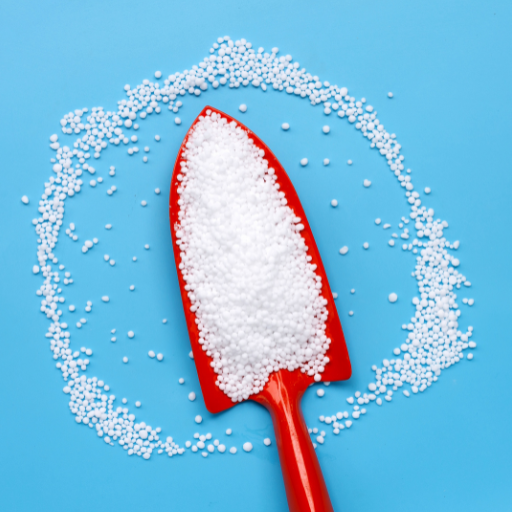
To understand urea price fluctuations in 2024 and beyond, it is essential to consider several critical factors. First, natural gas prices which constitute a significant portion of urea production cost would be expected to be volatile due to geopolitical developments and shifts in global energy policies. Therefore, changes in natural gas prices will probably directly affect urea pricing. Second, global agricultural demand is projected to increase as a result of population growth and the need for increased food production. This boom in demand will put pressure on urea supplies thereby affecting its price dynamics. Moreover, environmental regulations are getting stricter requiring producers to embrace sustainable practices that could escalate costs of production hence prices as well. Finally, international trade policies and geopolitical tensions particularly involving key producing and consuming nations will play a pivotal role. Export restrictions, tariffs or sanctions may disrupt supply chains leading to price volatility within the global urea market.
Impact of Commodity Prices on Urea
Urea prices depend significantly on commodity prices mainly those relating to natural gas. The rise in natural gas prices leads to higher urea market costs because it becomes expensive to produce more quantities of the chemical compound used for fertilizer while lower ones can reduce its overall cost inversely decreasing the consumer’s expenditure on this product accordingly.Commodity costs such as of other fertilizers or any substitutes like agricultural products can also have an influence on demand for Urea thus affecting its pricing likewise.For example if alternative fertilizer’s rates goes up then farmers may likely prefer the use of urea increasing their demand and thus price.Global trade dynamics including tariffs and export restrictions on main commodities further contribute towards price volatility in urea by affecting its supply chain or availability within the market.
Historical Data Analysis for Urea Prices
Based on historical data information; there were significant variations in prices of ureas attributed majorly by increases in natural gas charges as well as political events coupled with environmental regulations among others.For instance when oil soared over $100 per barrel in 2008 due to political tensions in the Middle East, urea prices also skyrocketed correspondingly since it is obtained from natural gas which serves as a primary feedstock. Another notable increase was witnessed between 2011 and 2012 where agriculture demand increased while export ban was enacted within key producing countries leading to tight supply.
- Price of Natural Gas: Any fluctuation on natural gas prices has direct effect on urea given that natural gas accounts for a significant portion of urea production cost.
- Agricultural Demand Projections: There is historical data indicating that high agricultural demand, often due to population growth and biofuel production, corresponds to higher urea prices.
- Regulatory Changes: Increased environmental regulations have been shown to raise their production costs thereby affecting its price.
In conclusion, past developments in urea’s cost are determined by interplays among biological feedstocks’ rates, farming demand and various legal frameworks as supported by several sources.
Anticipating the Influence of Import and Export Trends on Urea Prices
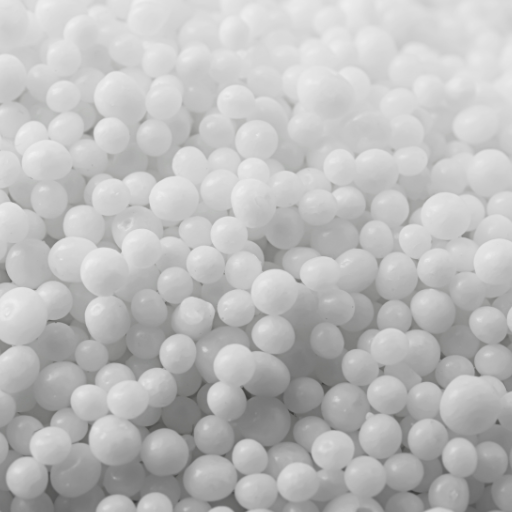
Future prices of urea can be better understood by analyzing the current trends in the exports and imports. As Russia, one of the largest exporters, has boosted its export levels after increased production it has exerted downward pressure on global urea prices. In contrast to them, major importers like India vary their demand for urea due to government subsidies as well as agricultural policies that affect the global market. Furthemore, trade agreements and tariff regulations are also anticipated to affect China’s global supply chain. Thus, future trajectories of urea prices will depend on whether export policies are aligned with domestic production capacity in main markets or not.
Global Trading Dynamics: How Urea Prices Are Influenced By Export And Import
While evaluating how global trading dynamics influence urea prices, I found out that there is a significant role played by export and import activities. The rise in exports from top producers such as Russia can create a surplus in the world market leading to the reduction of costs. Conversely, import requirements of big purchasers such as India may fluctuate depending on subsidies provided by governments or agricultural policies leading to increases in rates . Furthermore, special consideration should be given regarding trade agreements and tariff regulations that can interrupt both availability and price factors within this supply chain system. Consequently; there is need to understand whether imports balance with exports so as to predict future urea pricing.
Emerging Markets and their Demand for Urea
With agricultural activities spreading into new territories while industrial applications increase rapidly, emerging markets show a surging demand for urea. Countries like Brazil Indonesia Nigeria channel more investments into improving agricultural productivity meant for food security hence boosting up consumption levels of urea (urearate). This happens since Brazil relies heavily upon fertilizer such as urea which supports soybeans , corns among others grown under agriculture . Subsequently, Indonesia’s extensive rice farming necessitates continuous imports of urea to serve their industry needs . Additionally , Nigeria is experiencing a continuous increase in urea demand as it makes efforts to improve local food production and reduce reliance on imports. However, governments of these countries also take into account policies as well as incentives that favor agricultural inputs hence driving up the use of urea.
Reference sources
- Intratec
- Source Link: Urea Prices | Current and Forecast
- Summary: This resource provides monthly assessments of urea prices across various global regions, including the United States, Europe, South America, Southeast Asia, China, the Middle East, and Africa, offering both current data and future forecasts.
- YCharts
- Source Link: US Urea Spot Price Monthly Insights
- Summary: YCharts offers a detailed view of the US urea spot price, presenting historical data from 1980 to 2024. The resource includes comprehensive charts and statistical analysis to provide a clear understanding of price trends over time.
- Profercy
- Source Link: Urea: A brief price history
- Summary: Profercy’s report presents a long-term price forecast for urea up to 2030, detailing historical price trends and factors influencing market dynamics. This analysis is crucial for understanding the long-term behavior of urea prices in the agricultural sector.
Frequently Asked Questions (FAQs)
Q: What has been the trend in urea prices per tonne over recent years?
A: Urea prices have seen fluctuations over recent years mainly due to changes in supply and demand, feedstock costs, and global market dynamics. Historical data for urea from sources such as IndexMundi shows a trend where prices have peaked during times of high demand for agricultural use and water treatment, or when feedstock prices, such as natural gas (a major input in urea manufacture), have risen. Price charts reflect these changes, showing volatility in us dollars per metric ton.
Q: How do manufacturers set the price for a 50 kg bag of urea?
A: Manufacturers set the price for a 50 kg bag of urea based on several factors including the cost of feedstock, production costs, purity levels, and market demand. The best price is often influenced by the chemical’s specification and the current market trends. Manufacturers and suppliers also consider logistical and supply chain costs. It’s worth noting that prices can significantly vary between regions and suppliers, impacted by local demand for urea in agriculture or as a resin and adhesive in industrial applications.
Q: Can you provide a chart showing urea price forecasts up to 2025?
A: While specific price forecasts might vary, several financial and agricultural analysis platforms, such as the IMF and IndexMundi, provide urea price charts that project trends up to 2025. These forecasts take into account a variety of factors, including anticipated changes in global agriculture demand, potential shifts in supply due to new manufacturing capacities or closures, and expected trends in natural gas prices. Due to the volatile nature of commodities, these charts should be used as a guide rather than a guarantee.
Q: What is the role of water treatment in the demand for urea?
A: Urea plays a significant role in water treatment processes as a low-cost nitrogen source for the denitrification of wastewater. This chemical application contributes to a constant demand for urea, influencing its market price. The demand for urea in water treatment is expected to continue growing as governments and corporations invest more in water purification technologies to meet environmental standards, thereby impacting urea prices.
Q: How does urea purity affect its price?
A: The purity of urea significantly affects its price, especially in specific industries where high-grade urea is required, like pharmaceuticals, or in applications where the specification for crystalline purity is high. Generally, the higher the purity, the more expensive the urea. For example, prilled and granular urea, commonly used in agriculture, have different purity levels and thus, are priced differently. The purity level necessary for water treatment chemicals or resin applications can also dictate the price.
Q: What are the market trends affecting low prices for urea?
A: Several market trends can contribute to low prices for urea. An oversupply in the market, often due to increased production capacity in key manufacturing countries, can lead to lower prices. Additionally, downturns in agricultural demand, particularly during seasons of low crop prices, can decrease demand for urea, further pushing prices down. Lastly, decreases in feedstock costs, such as natural gas, can also result in lower urea prices as production becomes less expensive for manufacturers.
Q: How do global events impact urea prices?
A: Global events can have a significant impact on urea prices. Political instability in key urea-producing regions can disrupt supply chains, leading to price surges. Conversely, global economic downturns can reduce demand from major urea-consuming sectors, such as agriculture and industrial manufacturing, leading to a fall in prices. Trade policies and tariffs can also affect urea trade flows and prices, as can major environmental policies aimed at reducing reliance on nitrogen-based fertilizers.
Q: What are the prospects for urea prices beyond 2025?
A: Beyond 2025, urea prices are expected to be influenced by a combination of factors including advancements in production technology, changes in global agricultural practices, environmental regulations, and the development of alternative, more sustainable feedstocks. If the demand for urea in traditional sectors such as agriculture continues to grow, and if natural gas prices – a major input cost in urea production – remain volatile, urea prices could continue to be subject to significant fluctuations. Moreover, efforts to increase the efficiency of urea as a fertilizer and in other applications could also impact demand and pricing trends. It’s important to monitor ongoing market trends and forecasts from reliable sources for the most recent projections.



